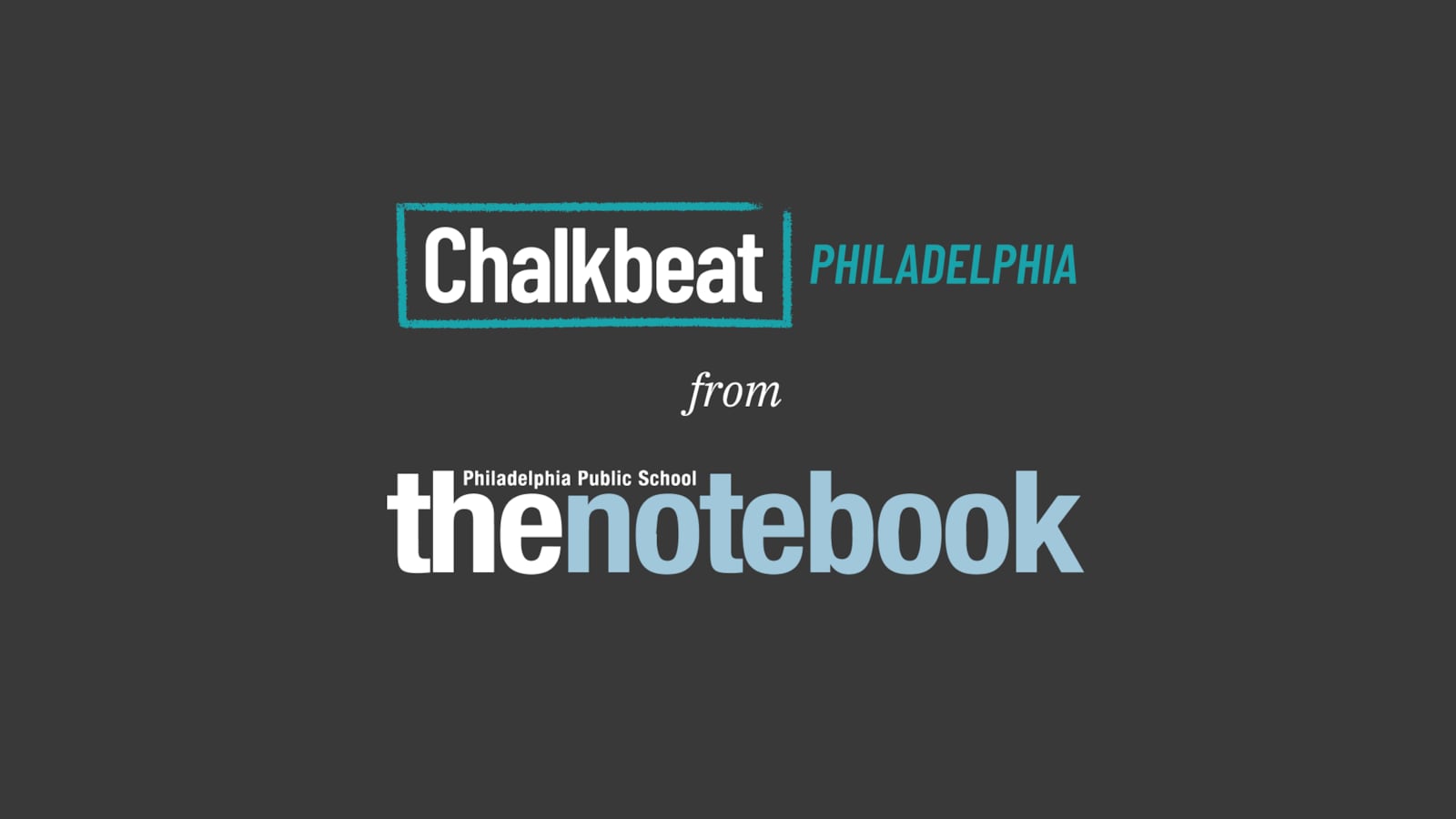This article was originally published in The Notebook. In August 2020, The Notebook became Chalkbeat Philadelphia.
In the United States, it’s estimated that more than 40 million borrowers carry over $1.4 trillion in loans. The median amount owed is about $14,000.
In Philadelphia, where 26 percent of the population lives under the poverty line, the District graduated close to 70 percent of its students in 2017, with more than 60 percent going to college in the fall.
Many school faculty and programs help steer students toward college, but how many prepare them for the debt that is awaiting most of them?
The Philadelphia Education Fund reports that financial literacy is embedded in its programs that prepare students for college, addressing tuition and fees and assisting with financial aid forms.
One of them is the College Access Program, which is available for students at John Bartram, Furness, Roxborough, Olney Charter, and Kensington Creative & Performing Arts High Schools. The program guides students through the college application process and addresses financial literacy along the way. Among the topics are college savings, the financial aid process, and the additional fees and expenses of college.
Dolores Adriaanse, PEF division manager for postsecondary opportunity, said that most of the students they serve are first-generation college students, who, according to a report by the Institute for College Access and Success, are more likely to default on loans than their non-first generation peers. This can have a severe impact on financial stability.
“We speak to them early on,” she said. “There are going to be fees. Even if you receive a scholarship, you have to pay for books. You have to pay for transportation. We get into the nitty-gritty of all of that.”
She said that although the freshman year of high school isn’t too late, parents should introduce the idea of college and the financial reality as early as possible.
While students in the College Access Program receive guidance about college finances, most students have to fend for themselves.
Sakera Taylor graduated from Martin Luther King High School in 2018 and is attending Shippensburg University in the fall to study forensic science.
She said that her major was the main driver of her decision, but money did come into play. Of all the schools where she was accepted, Shippensburg offered the most scholarship money. The rest will be paid for by a college fund that her parent set up for her when she was younger.
Taylor said that she never considered a loan and that she is adamant about avoiding them.
“It goes on for years until you pay it all back,” she said. “I never thought about taking out a loan … because as soon as you graduate, they’re sending you bill after bill every month. I don’t want to go through that.”
Sabrina Dormer, a 2017 graduate of Central High School, is a student at Arcadia University. She, too, is receiving a sizable scholarship from her university, covering about half of her tuition. This is the main reason that she chose the school.
“That was my whole concern, basically, how much it cost,” Dormer said. ”Arcadia definitely wasn’t my top choice in schools, but I didn’t really have an option.”
The rest of her tuition and expenses, she said, will be mostly be covered by loans that both she and her father have taken out. Also, she said, she plans to use money that she has been saving since freshman year from working part-time, and she is investigating student loan forgiveness for teachers.
Dormer said school counselors and teachers didn’t offer much help when she had to make her college acceptance decision. In a school with more than 2,000 students, she said, teachers and counselors may be too occupied to offer in-depth guidance on post-secondary education.
“Teachers and counselors are already juggling so many other responsibilities that it’s hard for them to even be able to give advice,” said Dormer.
For most students, student loans are inevitable. Adriaanse of Philadelphia Education Fund herself is set to pay off her student loans from 2000. Despite paying down student debt for almost 20 years, Adriaanse said that a college education is a worthwhile pursuit.
“Most of us are going to have loans,” she said. “And most of us are going to have that debt. However, it’s an investment in your future.”

